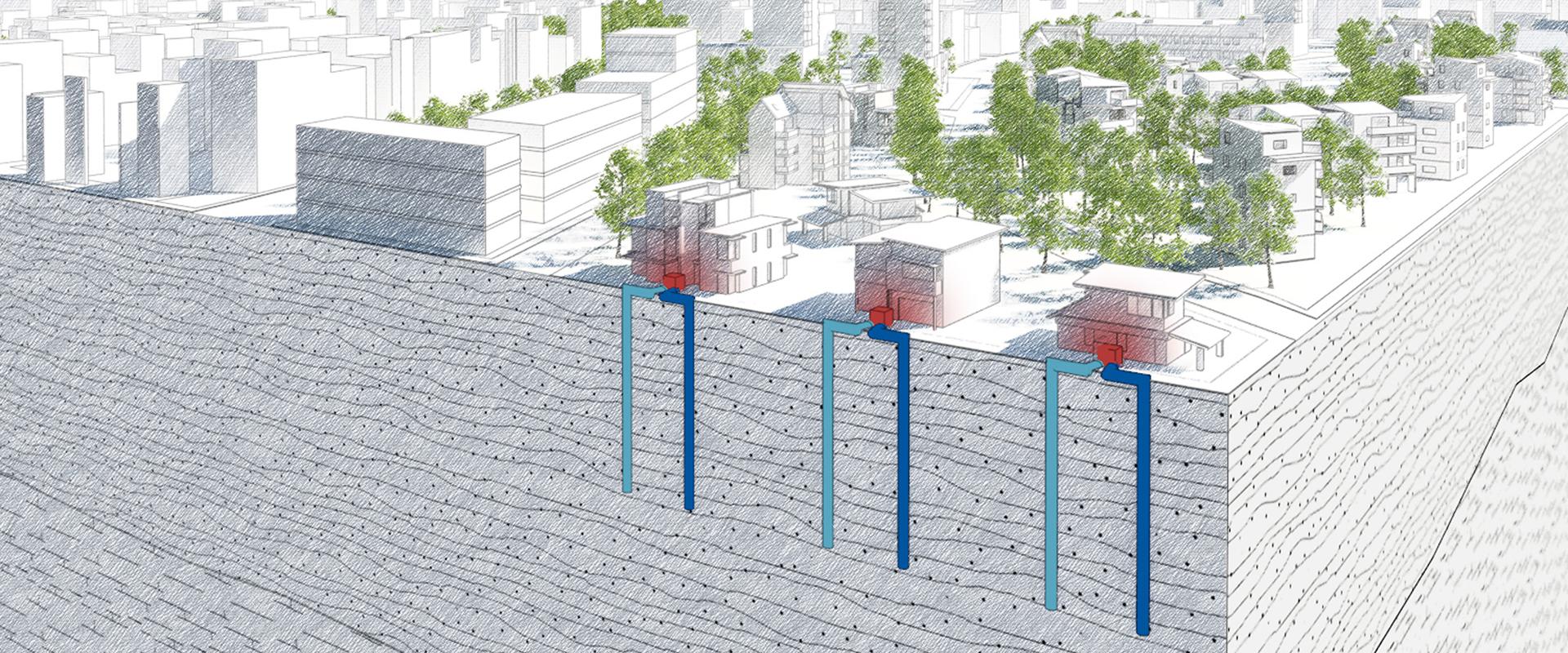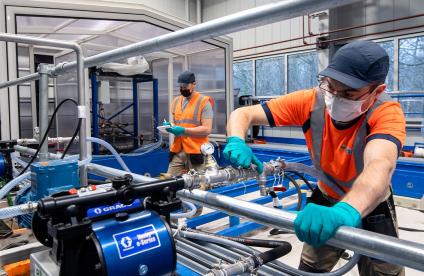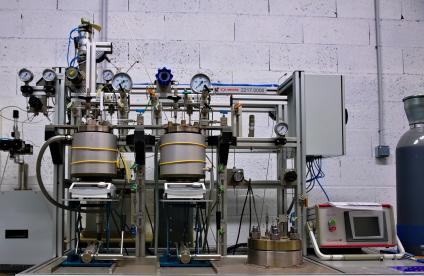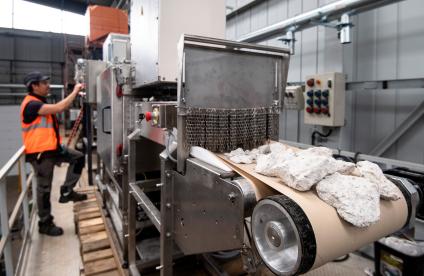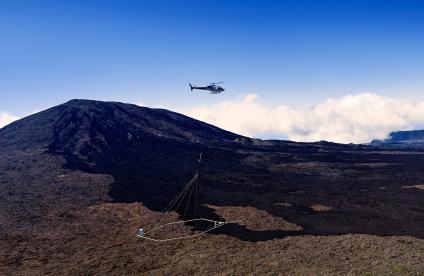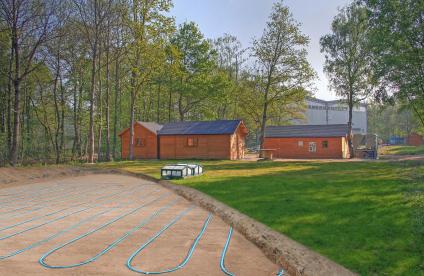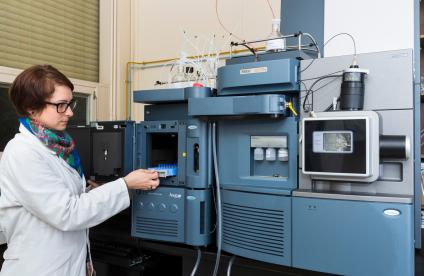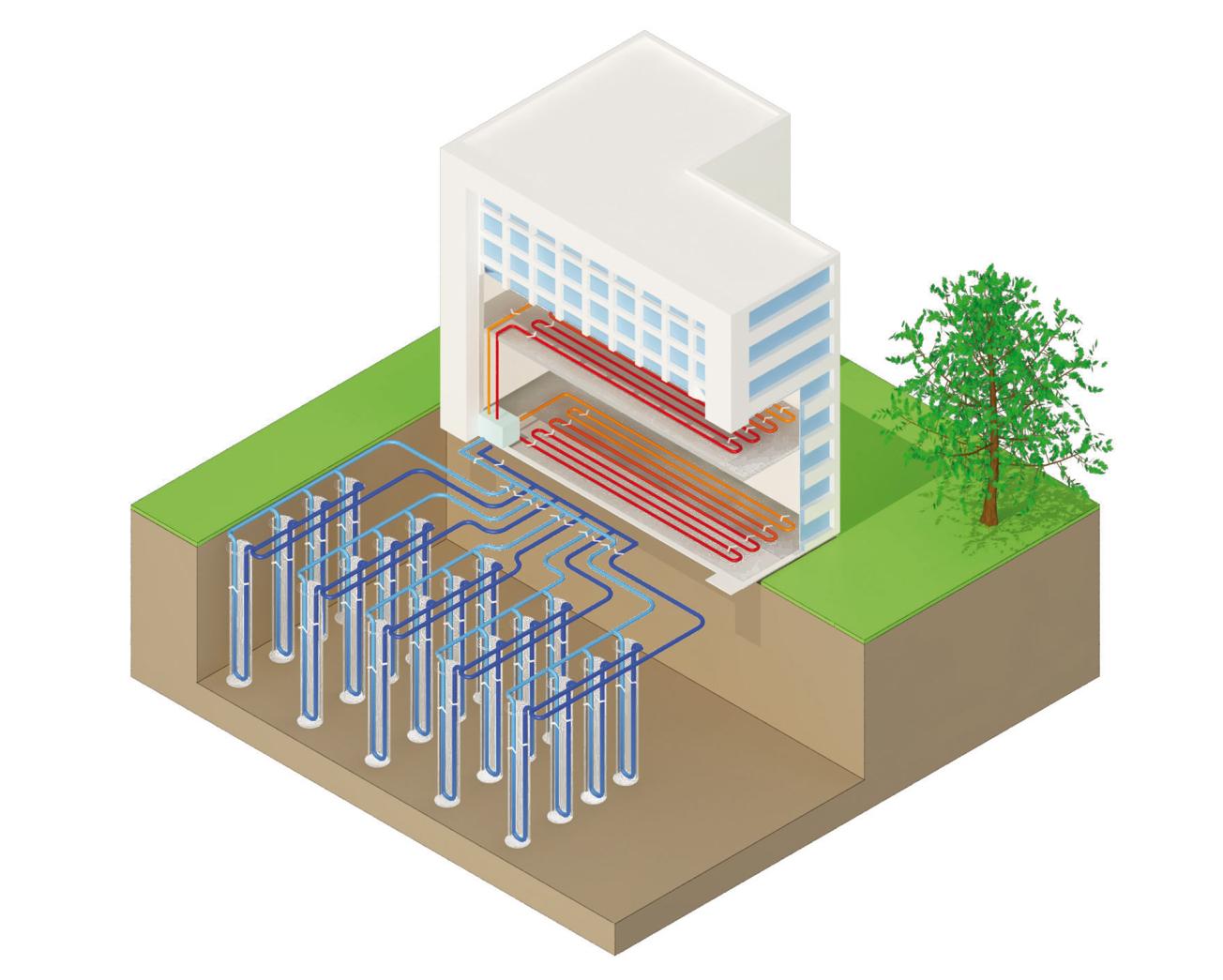
Representation of a field of vertical geothermal probes connected to a building.
© ADEME-BRGM
Geothermal heat exchangers and their interactions with complex energy systems (heat networks, storage of solar or waste heat) can be modelled by the geological and hydrogeological surveys required to build the model. This initial step then makes it possible to simulate several operating scenarios and ultimately to carry out tests in real conditions via a geothermal platform.
In this context, the PONCA platform puts all its skills and technical resources at your disposal in order to optimise your energy systems involving vertical geothermal probe fields, by means of:
- Improved borehole layout: number and location of wells according to project constraints;
- Improved architecture of the probe field, taking the geometry of the available plots and underground flows into consideration, while limiting interference between probes;
- A dynamic simulation based on hourly time steps in the energy system.
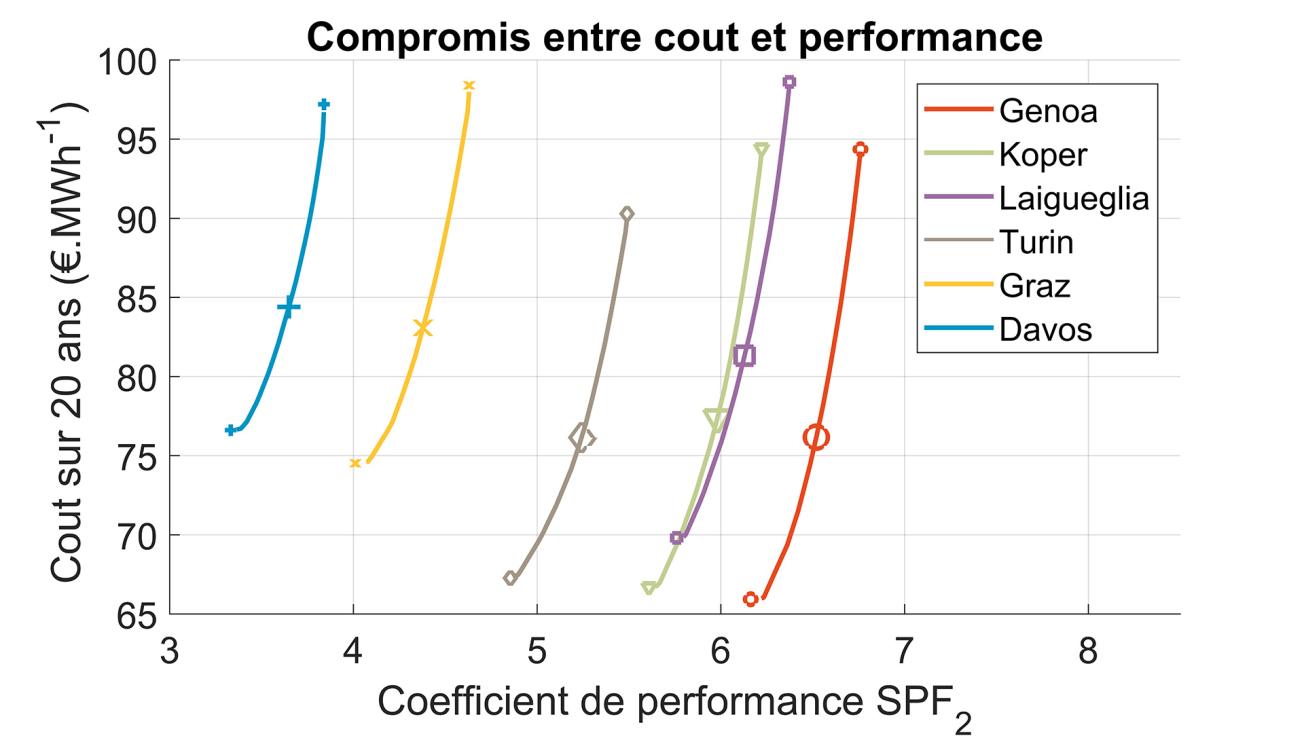
Assessment of the cost/performance ratio for different climates.
© GRETA Alpine Space Project.
Fields of application
Optimisation of probe fields for geothermal heat pumps
- Modelling a field of probes for the development of Nice Grand Arénas – Report BRGM/RP-64401-FR;
- Modelling geothermal probe fields for the production of heat, cold or domestic hot water for industrial sites.
Waste heat storage in probe fields
- Technical-economic study of the integration of a Borehole Thermal Energy Storage (BTES) system into a heat network fed by waste heat and gas (optimising the storage volume and assessing its competitiveness – Report BRGM/RP-67592-FR);
- Underground modelling of the ACCENTA.STORAGE® multiple-source energy storage system that maximises self-generation and self-consumption of renewable energy.
Optimising geothermal heating or cooling networks
- A study of the possibilities for geothermal energy in deep aquifers and optimisation of combined heat and drinking water production (Pézenas Saint-Christol project – BRGM/RP-67583-FR report);
- Assessment of the suitability of deep aquifer heat storage for supplying the grid, with waste heat recovery for industrial sites.
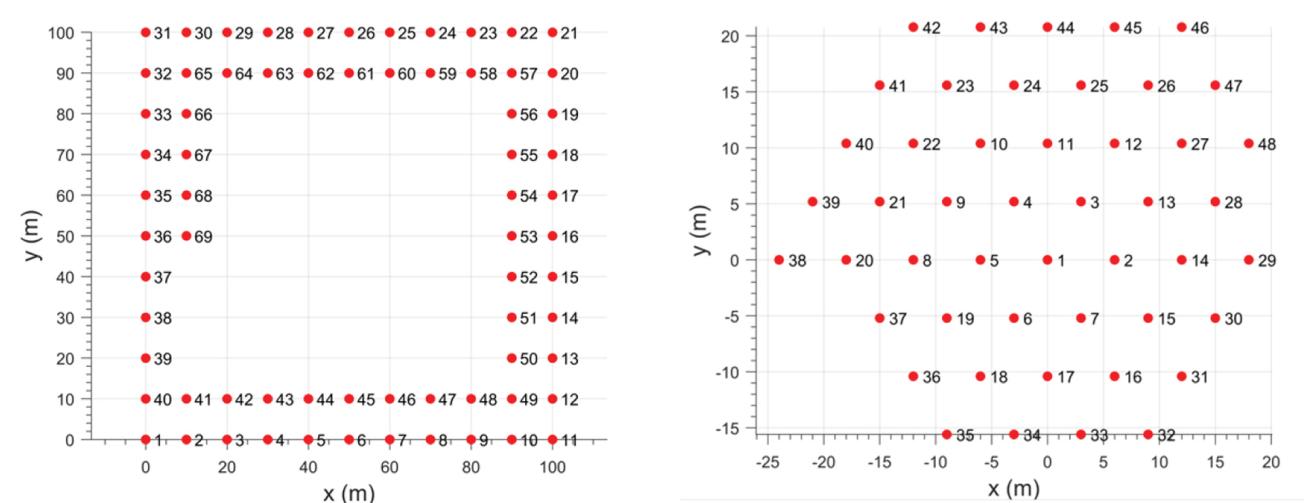
Cost/performance comparison tests between different probe field configurations.
© BRGM
Available resources
Digital Tools
- CARTODIM: software for designing closed-loop geothermal heat exchangers (vertical probes, horizontal heat exchangers, basket heat exchangers);
- Development of energy system models that include surface or deep geothermal heat exchangers;
- Multi-purpose optimisation algorithms (genetics, etc.);
- Suitable computer languages and design software to meet your needs (MATALB, PYTHON, TRNSYS);
- Geological (GDM - GeoModeler) and hydrogeological (MARTHE) modelling software.
Human resources
- 2 PhD graduates and engineers specialised in heat transfer modelling and geothermal energy resources;
- Support from the entire multidisciplinary geothermal energy team (more than 25 experts).

